Culture is the core value of building a faction in Age of Wonders 4. Everything from Early Affinity, playstyle, economy, unit structure, and bonuses depends on the Culture. While factions are unique and customizable, they operate on their distinct culture. To mark dominance in the game, you need to complement your culture’s values and proceed with diplomacy with other factions.
All Age of Wonders 4 Cultures, Ranked
Age of Wonders 4 offers six main cultures to align with and a total of seven if we include the Empires and Ashes Expansion. While each individual will show a deflection in opinion, some cultures stand out for offering better bonuses and progress. In this post, we have ranked all Age of Wonders 4 Cultures based on popularity, advantages, buffs, and economic benefits. In the end, it depends on the player which culture will suit them best, based on their playstyle.
7. Reavers
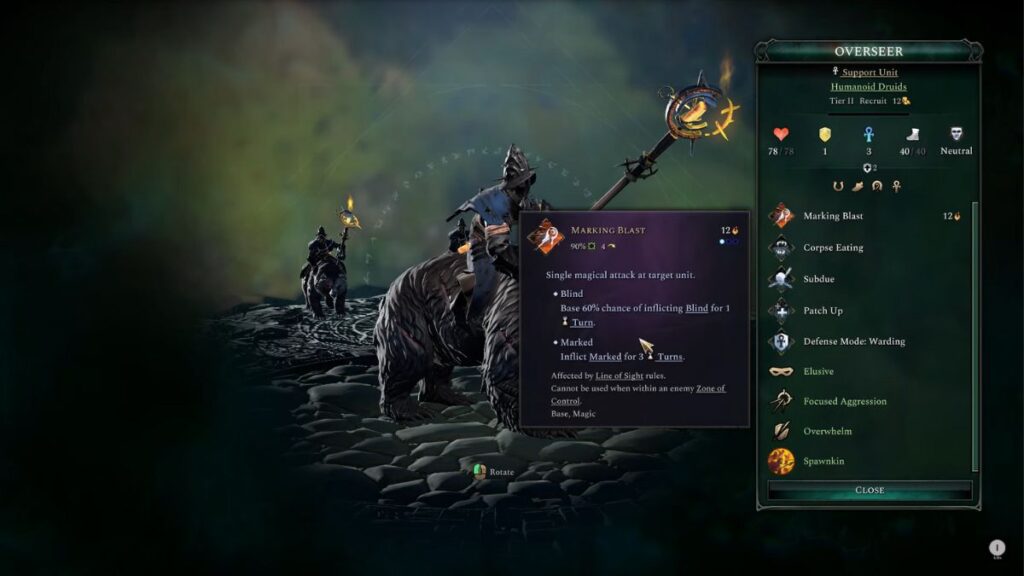

Reavers was introduced in the Age of Wonders 4 Expansion: Empires and Ashes. Since its release, this culture has earned a positive limelight from the fandom. However, it is still a less preferred choice due to its inclination towards War Spoils. This currency can bully free cities, build cannons, be traded for gold, recruit units, and much more. However, all this comes when you are constantly at war, which is ironic since Reavers can’t sustain war very well. The baseline of Reavers is relatively weak and difficult to make work, especially if you are a new player.
However, if you can grasp the mechanics of this culture, you can inflict some extra damage per turn. There is also an added perk of having No Imperial Penalties. The capability of linking units is another tactical benefit of building a faction in this culture.
6. Dark


It was tricky finding the best place for Dark Culture with the extremities in opinion from the fandom. While this culture gives us access to Dark Knights and Warlocks much earlier, all physical ranged units cannot take advantage of the Cull of Weak. Dark Culture lacks Support which is balanced out by its replenishing abilities. However, this healing is triggered by inflicting damage, which can be a nuisance at times.
Some players have felt that the economy of this culture isn’t as stable if we compare it to other factions. Another disadvantage remains that the debuff effects can be counteracted easily. On the bright side, the long-ranged attacks and burst strategies maintain a solid grip over the opponents. All in all, Dark Culture is a great choice if you have a more aggressive playstyle.
5. Mystic


The Mystic culture revolves around Spellcasting and Melee attacks. If you are a good spellcaster, this culture will facilitate you to gain Mana rapidly. The Astral Affinity is another perk that lets you unlock Imperium Skills. If you enjoy the scouting style of this culture, you can load up your economy at a much faster rate.
Mystic is great at offense-oriented playstyle. The Spellshields and Spell Breakers prove to be a great balancing factor that wipes out enemy attacks and strategies. All these capabilities make collecting Echoes a piece of cake. Many players also prefer this culture due to the aesthetic feel and mysterious vibe it carries. While everything about Mystic Culture is appealing, it can be challenging to keep up with the timing of attacks.
4. Barbarian
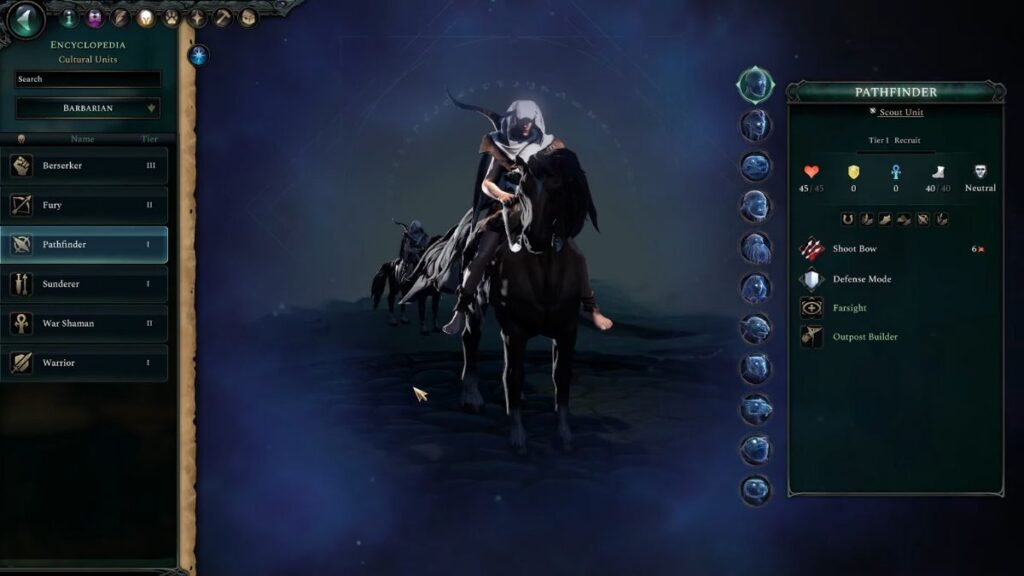

I know many of you might come after me for ranking Barbarian this low. However, I have left my biasedness aside and counted on factual reasons. While the unit lineup is quite effective, it is mostly melee-centered. Thanks to Ritual of Alacrity, this culture is great for scout building and healing.
However, there are no specific eco boosts. Unlike other factions, Barbarian is a good blend of offense and defense fighting style. The early Chaos Affinity and Nature Affinity benefits make it an enticing choice for many.
3. High
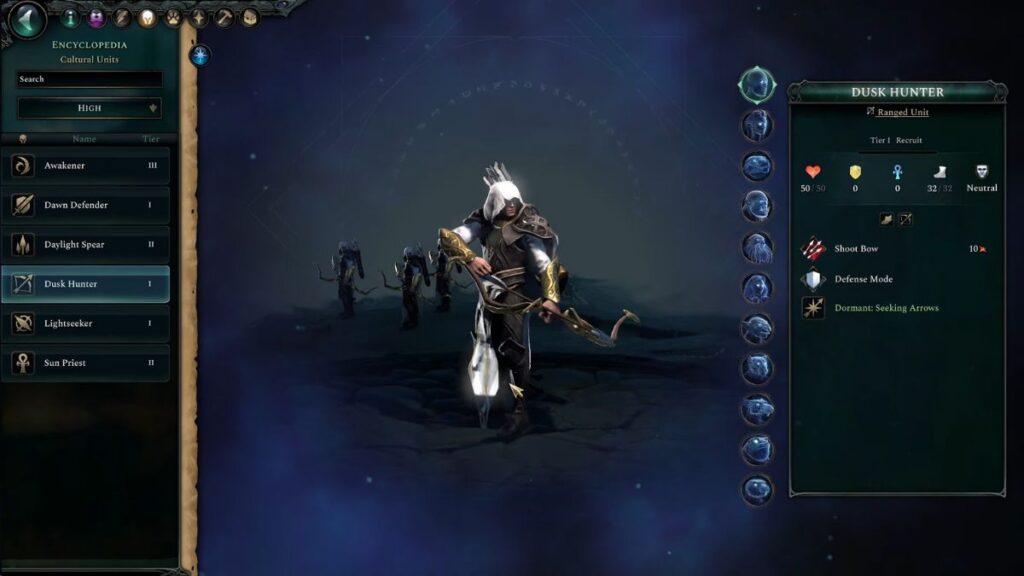

High Culture units have a great range of advantages and are quite dependable if you don’t mind relying on Awakening. You can count on this culture to get you good economic bonuses through food and production. The highlight of High culture is its versatility and simple playstyle. So, it is naturally appealing to beginners as well as veterans.
On the flip side, the units have average stats without the awakening. The purgeable buffs are another factor that reduces the efficiency of the units. While Twin Awakening by Sun Priests is a powerful asset, it limits the unit composition. However, it is a small sacrifice given the stability High Culture can provide.
2. Feudal
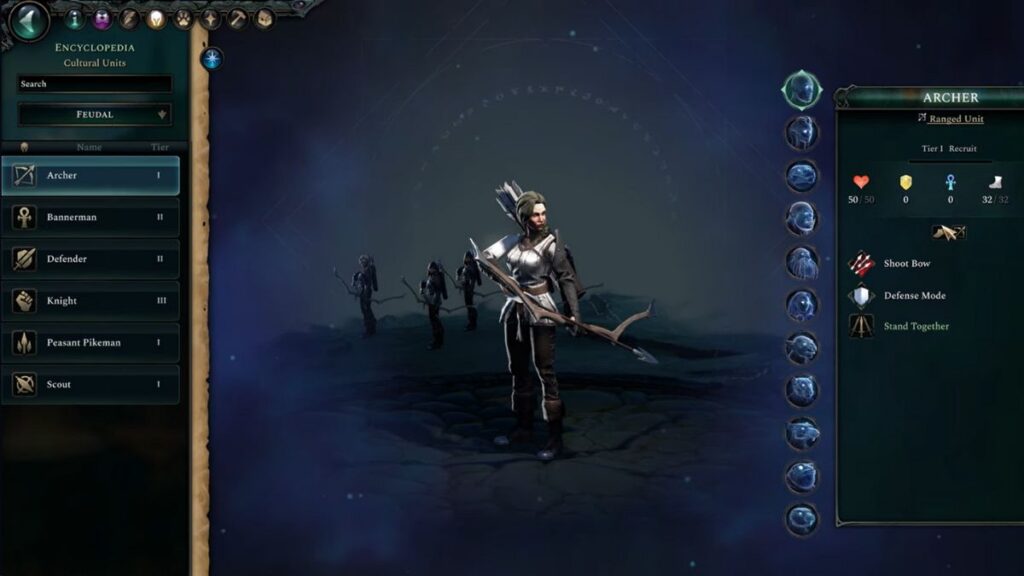

Feudal is a reliable culture if you strive for early dominance, even as a new player. The economic boosts facilitate faster city development and research. There is flexibility in army composition, backed with Solid Support units with high AoE heal and buff spells. However, you will need to engage in many manual battles for the best utilization of Feudal bonuses. Despite a strong Stand Together bonus, there is a clumping vulnerability that can leave you prone to AoE attacks if clustered.
Other than this, Feudal Culture thrives in city-building elements and Governor bonuses. Overall, Feudal is an impressive culture inclining towards a defensive playstyle.
1. Industrious
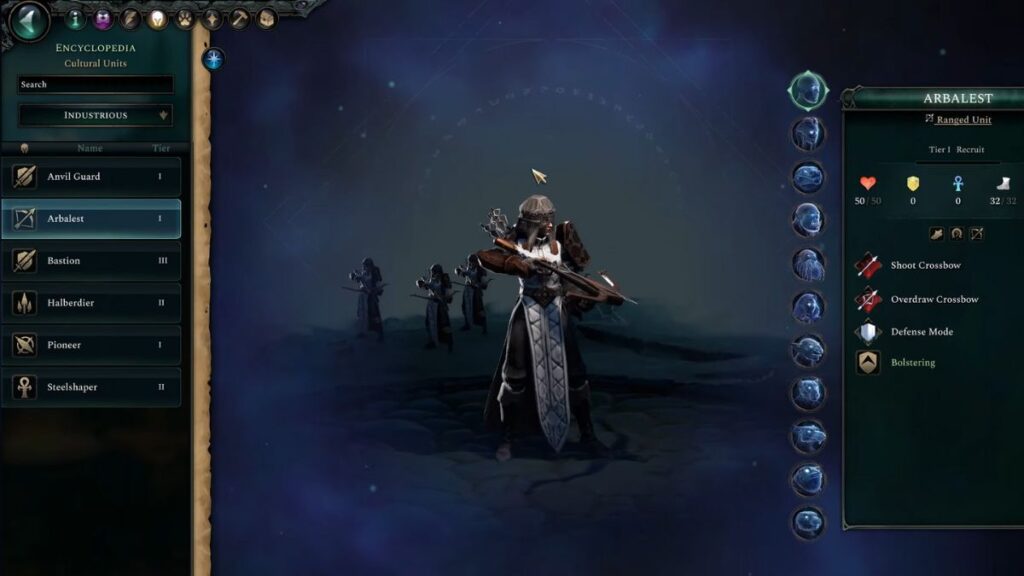

While we may hear conflicting opinions about Industrious, we cannot deny the Defensive Mastery this culture has to offer. Industrious provides economic benefits, and additional resources along with fast city expansion. What’s more, is that this culture offers access to a variety of enchantments and buffs. These enchantments can be stacked to create powerful units with enhanced abilities. The units such as Steelshapers and Bastions are high on defense stats and can be buffed for extra tankiness.
The major flip sides of Industrious are its dependency on a defensive playstyle and its vulnerability to magic. Other than that, you can devise effective strategies to make a strong faction out of this culture

